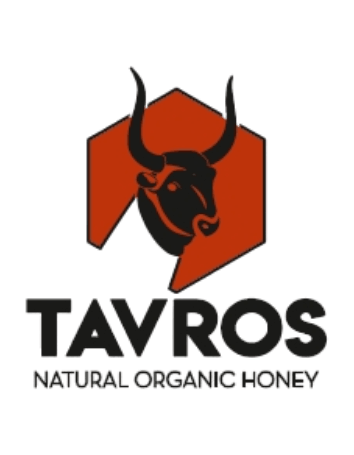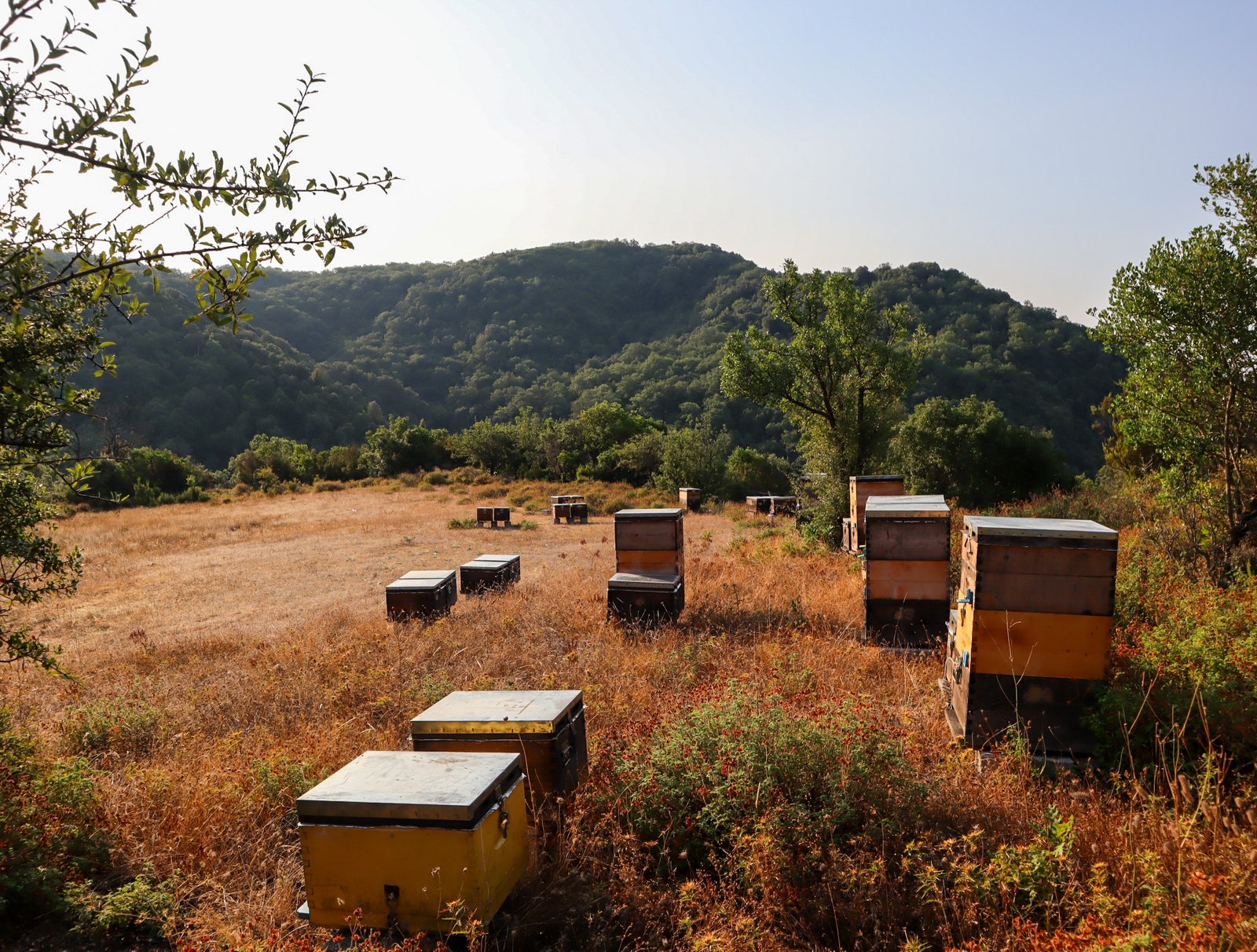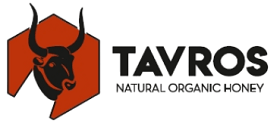
Why Organic Beekeeping?
ORIGIN OF BEES
Beekeeping Chapter
-
The preferred species are Apis mellifera and their local ecotypes.
-
Beekeeping products can have references to organic production methods only if they follow the rules of organic production for at least one year.
-
For the reconstitution of bees, it is allowed to replace 10% annually of queens, swarms of queens and swarms of non-organic farming in the organic production unit, only if they are placed in hives with honeycombs or honeycombs leaves with organic origin.

APIARY LOCATION
-
Beehives must be in areas that provide sources of nectar and pollen which consist mainly of biological crops. Moreover, under certain circumstances, they can be in native vegetation, in forests with non-biological management, and in crops where only methods of limited environmental impact are applied.
-
Beehives should be in distance from possible sources of contamination of their products or bad impact in bee’s health.
-
Beehives must be set up in a way that, within a range of 9 km from their location, there should be sources of nectar and pollen that consist mainly of organic crops, and/or native vegetation, and/or crops with production methods of limited environmental impacts, which don’t affect the characterization of beekeeping production as organic. The above requirements do not apply to areas where there is no flowering or when the bees are wintering.
-
The beekeeper provides to the authorities a map in appropriate scale recording the location of the bees. When the locations are not determined, the beekeeper should provide sufficient documents and evidence, with the appropriate assays, if required, supporting that the locations where beehives have access meet the requirements of the regulation for organic production.
-
The area in which the beehive is located must be recorded with the cell’s identification details.
NUTRITION
-
At the end of the production season, in the hives there must be sufficient stock of honey and pollen for their survival during the winter.
-
Artificial feeding of bees is allowed only if their survival is threatened due to climatic conditions and only between the period between the last honey harvest and 15 days before the next period of nectar or honeydew secretion. Breeding must be with organic honey, organic sugar syrup or organic sugar.
-
Τhe required information that must be entered at the apiculture register concerning feeding is type of product, dates, quantities, and hives in which aliment is used.
DEALING WITH ENEMIES AND DISEASES
- For the protection of frames, hives, and honeycombs, especially against harmful organisms, only rodenticides can be used (only in traps) and the appropriate products listed in Annex II of Reg. (EC) 889/2008.
- Natural treatment is allowed to disinfect the bees, such as the use of steam or naked flame.
- The practice of exterminating the male offspring is allowed only for reduction of Varroa destructor.
- The use of formic acid, lactic acid, acetic acid, and oxalic acid as well as menthol, thymol, eucalyptol, or camphor is allowed only in cases of Varroa destructor.
- In case of treatment with allopathic synthetic chemicals, the beehives to which the treatment is applied must be isolated during the period of treatment and all the wax must be replaced with wax from organic beekeeping. These beehives will then be subject to a conversion period of one year.
- Whenever veterinary medicinal products are used, the type of product, including the indication of the active pharmacological substance, the detailed diagnosis, the quantity, the method of administration, the duration of the treatment and the foreseen by law withdrawal period, must be clearly recorded.

MATERIALS – EQUIPMENT
- The cells should be made from natural materials that do not present risk of contamination to their environment or to the beekeeping products.
- Only natural products can be used inside the cells such as propolis, wax and vegetable oils.
